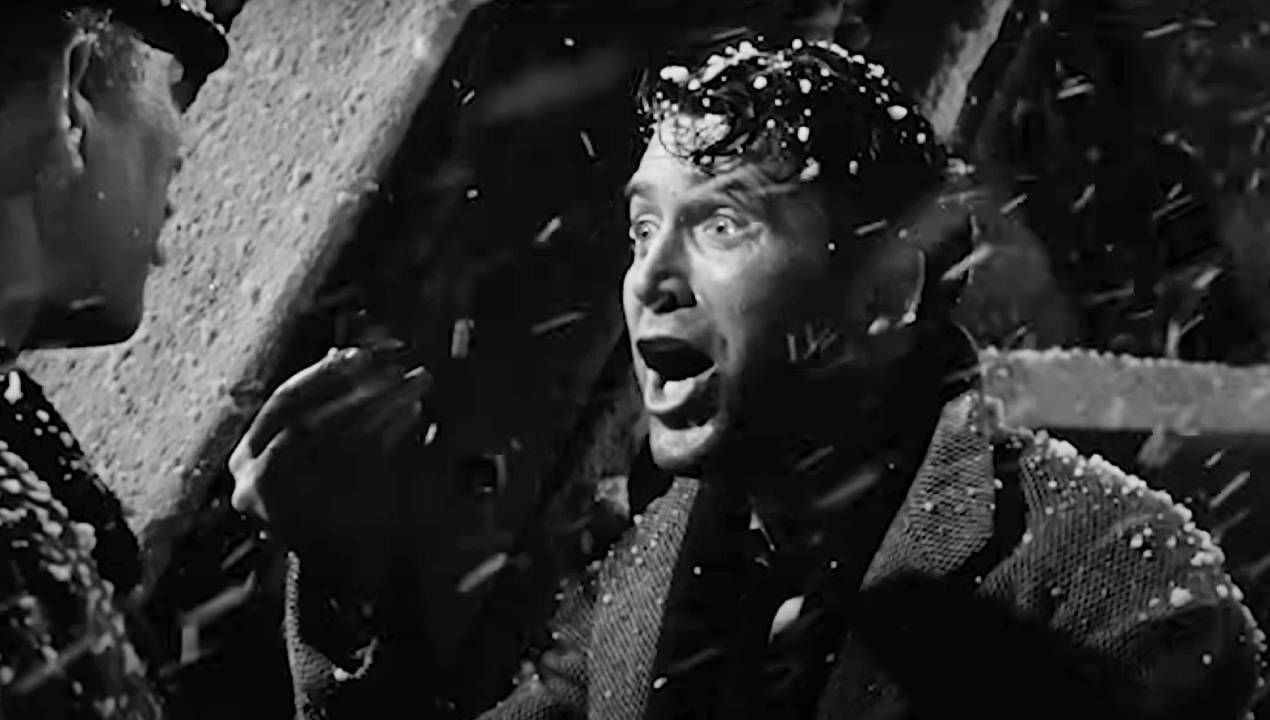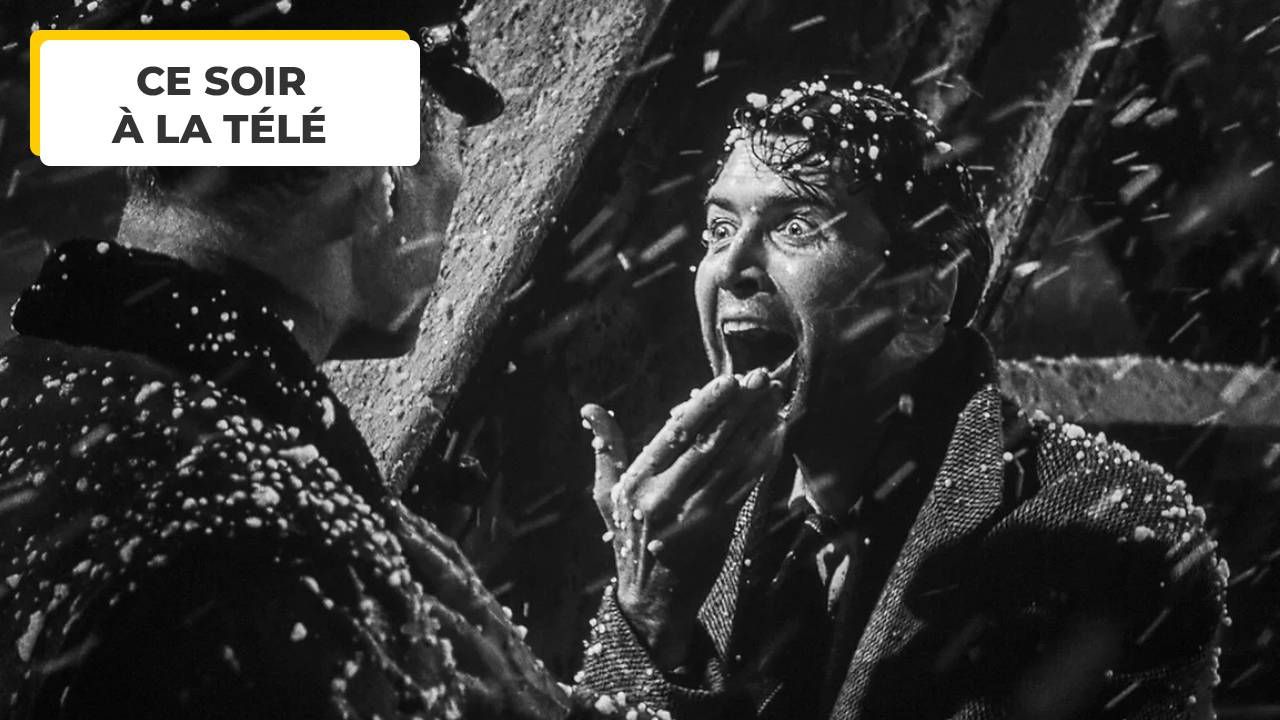Tonight, Arte broadcasts Frank Capra’s La Vie est belle, with James Stewart and Donna Reed, one of the most popular Christmas movies of all time, as evidenced by its audience rating on AlloCiné, averaging 4.3 out of 5 and nominated for 5. Oscar in 1947.
The story is the story of George Bailey (Stewart), who has dedicated his life to helping others, but after a bad patch, he considers ending his life. The prayers of his family ascend to heaven, from where an angel descends to help him see more clearly in his life. A film of hope, set at Christmas, which poses a problem for director Frank Capra.
Will it snow… in July?!
James Stewart
In a coincidence of calendars, La Vie est belle is set in mid-summer in Los Angeles, and the film must take place partly under snow and flakes. We will have to make snow, but how?
While life is beautiful, the snow in the movie theater is simply made of white-painted cereal that is dropped from a height to simulate snowflakes. Sometimes even grain is replaced by asbestos or cotton. Except, in all cases, there is a problem during filming: these fake flakes, whether cotton or grain, make a noise when they fall, and also fall like stones without fluttering in the wind like real flakes.

As the book says Turner Classic Movies: Christmas at the Movies By Jeremy Arnold (quoted by EW), because life is beautiful, “Capra wants to be able to record dialogue in direct and close-up while it’s snowing, and it generally takes a lot of snow.”
for what Because, as Arnold writes: “It not only conveys the festive atmosphere of the New Year, but also the revival of the character. It signals to the audience that George is back in the real world. He comes back from this alternate reality, it starts snowing, and let’s face it, it’s very soft, cleansing snow.
A revolutionary invention

So Capra enlists the services of Russell Shearman, head of special effects at RKO, the studio that makes Life is Beautiful. He told him about his desire to shoot dialogue and snow, and Shearman came up with a mixture of foam found in fire extinguishers, soap, sugar and water. Expelled from cans at high pressure and gently spread over the set using a silent fan, this produces the fine snow we see falling in the wind on the screen in the film.
This invention would be revolutionary and would be adopted throughout Hollywood by then. After Life is Beautiful, American cinema will never be the same again.
Shearman won an Academy Award for Best Visual Effects for The Picture of Jenny, which came out a year before Life’s Beautiful, and died tragically at the age of 48, electrocuted on the set of Operation Sharks (1956) while he was repairing one. devices in the film.
Source: Allocine
Rose James is a Gossipify movie and series reviewer known for her in-depth analysis and unique perspective on the latest releases. With a background in film studies, she provides engaging and informative reviews, and keeps readers up to date with industry trends and emerging talents.







